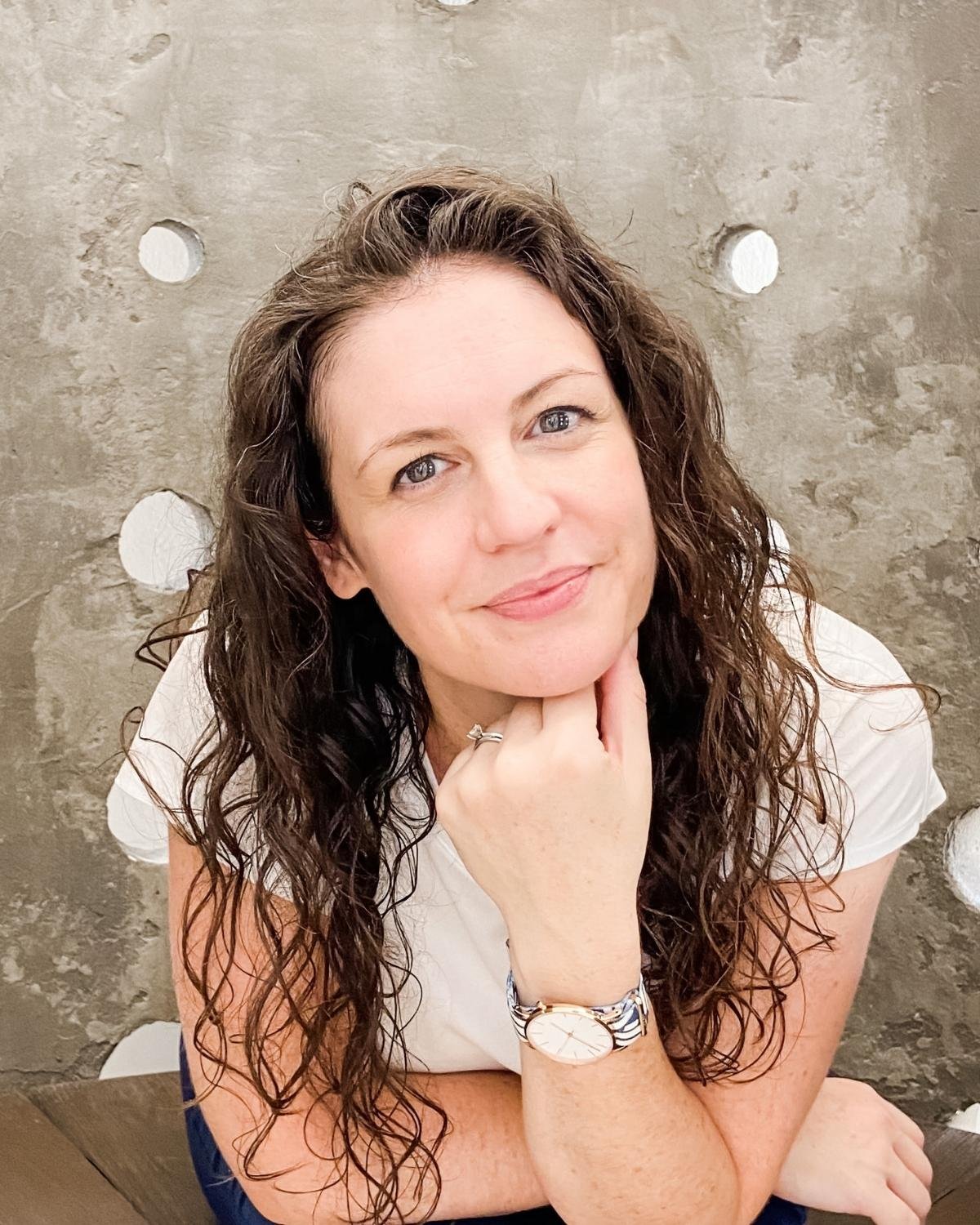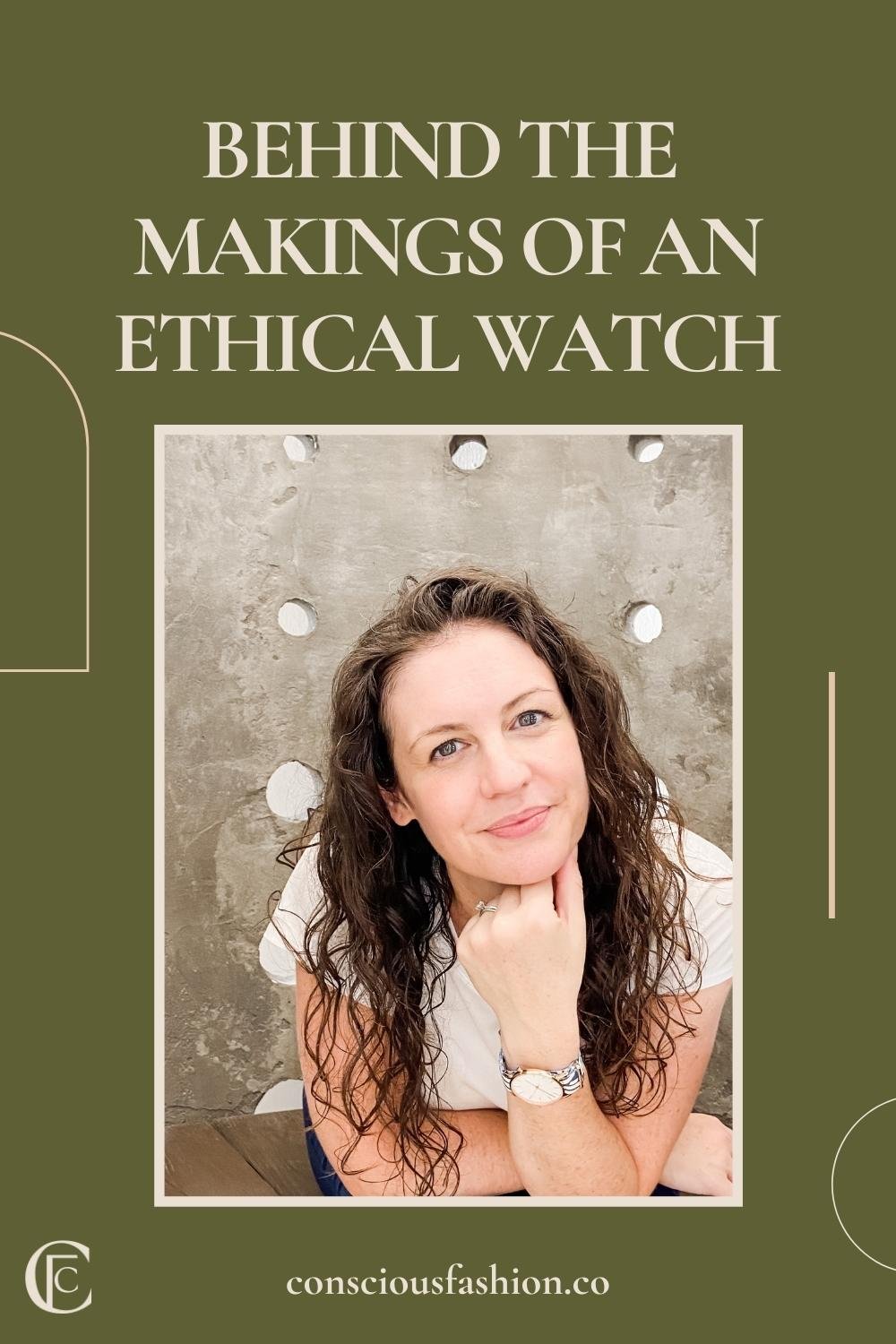Who Made My Watch? Behind the Makings of an Ethical Watch
Created by Orsola de Castro and Carry Somers, the "Who Made My Clothes" movement emerged after the tragic 2013 Rana Plaza Factory Collapse in Bangladesh which killed over 1,100 workers and injured thousands of others.
The awareness of this movement — along with de Castro and Somers' nonprofit Fashion Revolution — have grown tremendously in the past 8 years. The #WhoMadeMyClothes hashtag has nearly 900,000 posts on Instagram at the time of writing.
Equally exciting, we've seen the Who Made My… question expand to consider more categories (like Who Made My Jewelry? Or Who Made My Shoes?) and stages of production (Who Made My Fabric?)
Fashion Revolution, along with their Transparency Index, have played a vital role in increasing supply chain transparency in fashion — though the work is far from over. Many of the world's biggest brands still fail to meet even the most basic transparency standards.
Small brands, however, tend to fare much better. Particularly those that were founded with conscious values at their core from the very beginning.
One area that doesn't quite have the attention as the apparel or footwear industries is watches.
But the watch market was valued at USD $61.8 billion in 2020, and is set to grow due in part to increased traction of lower to mid-priced watches as well as the rise of wearable tech. [Source]
A category with this market value can't be left out of the transparency conversation.
So let's ask the question: if you're wearing a watch right now as you read this, do you know who made it? Do you know the conditions those watchmakers were working in? Do you know if they were paid fairly? Do you know if the materials for that watch were sourced responsibly?
With the exception of a few consciously-minded watch brands out there, the answer to all of those questions is probably "no". This isn't meant to guilt, but is intended to shed light on the lack of transparency from watch brands (along with the rest of the fashion industry).
It's not just you that doesn't know who made your watch — many watch brands themselves don't even know who made their products.
In fact, thanks to outsourcing, middlemen, borders, and complex supply chains, these brands may not even know which factories their watches are being produced in.
But as usual, it's the small brands that are leading the change — and this post will highlight one brand making significant headway in this arena.
This post was sponsored by 2°East. All opinions and words are independent.
Transparency From the Start: A Different Business Model
What sets 2°East apart from other watch brands is also what allows them to be more transparent — and to know more about their supply chain — than virtually any other watch brand on the market today.
2°East is co-owned by Sally, who lives in Hong Kong, and Ron, who is the owner of the manufacturing and assembly facility that makes 2°East's watches in Shenzhen, China
Further, Ron is not just any manufacturing owner. First starting out as a worker in a watch factory himself, Ron slowly moved his way up into building his business from scratch over the past decade.
Knowing what it's like to be on "the other side" of operations, Ron is committed to ensuring a positive working environment, fair wages, and continual training and up-skilling.
Ron's factory manufactures the brand's watch cases and assembles the watches as well.
The various components of watches require specific capabilities, so these must be sourced elsewhere from highly specialized small workshops of skilled craftspeople.
Who Made My Components?
Fashion manufacturing is not exactly simple or straightforward. The final cut-and-sew factory — or in the case of watches, the assembly factory — is just one stage in the supply chain. The fabric, material, or component most likely came from elsewhere.
In the case of 2°East, Ron (the factory owner) sources mostly from local suppliers whom he visits regularly and has strong long-term relationships with.
The mesh bracelets are produced and the rose gold is applied (from a supplier that sources exclusively conflict free minerals) very close to Ron's factory and the dials, crystals, hands, and buckles are produced about an hour away.
2°East also offers interchangeable straps made from materials like recycled PET and vegetable-tanned leather. Their rePET yarn is sourced from Taiwan and woven and printed in small batches in a factory also very close to Ron
The veg-tan leather is currently sourced from Italy (though Sally has made a local contact who may be able to supply leather offcuts for their future orders) and is cut and sewn into straps in a Hong Kong-based workshop.
What about certifications?
While certifications certainly have their benefits, they can be cumbersome and expensive for small businesses, especially for the highly specialized small workshops like the ones producing watch components for 2°East. Given this, these suppliers do not have certifications at this time, but thanks to Ron's proximity to these suppliers, 2°East still assures that their component suppliers are trustworthy and follow working standards.
Finally, while 2°East originally used Swiss movements, they've since switched to Miyota movements for their watches because Miyota has published far more information about their social and environmental responsibility. Miyota movements are also known to be durable and repairable, thanks to their ease of assembly and disassembly.
Sally (Co-Founder of 2°East)
What's Next?
Part of being a conscious or sustainably-minded brand is about being committed to continual improvement. Given how broken our fashion systems are, no brand is going to be 100% perfect, especially those just getting started with limited funding and capacity.
This is why one of the key markers of a conscious fashion brand is that the brand is open about where the gaps are and is clear about their drive to improve upon those gaps.
Despite being a young brand, 2°East has already demonstrated this with their switch to Miyota movements from Swiss movements and their near-term commitment to sourcing leather offcuts instead of new veg-tan leather.
2°East is also planning to visit and assess more of the supplier facilities involved in their supply chain. The current pandemic restrictions have put a brake on some of this, but co-owner Sally is looking forward to further improving upon the brand's transparency and social responsibility.








